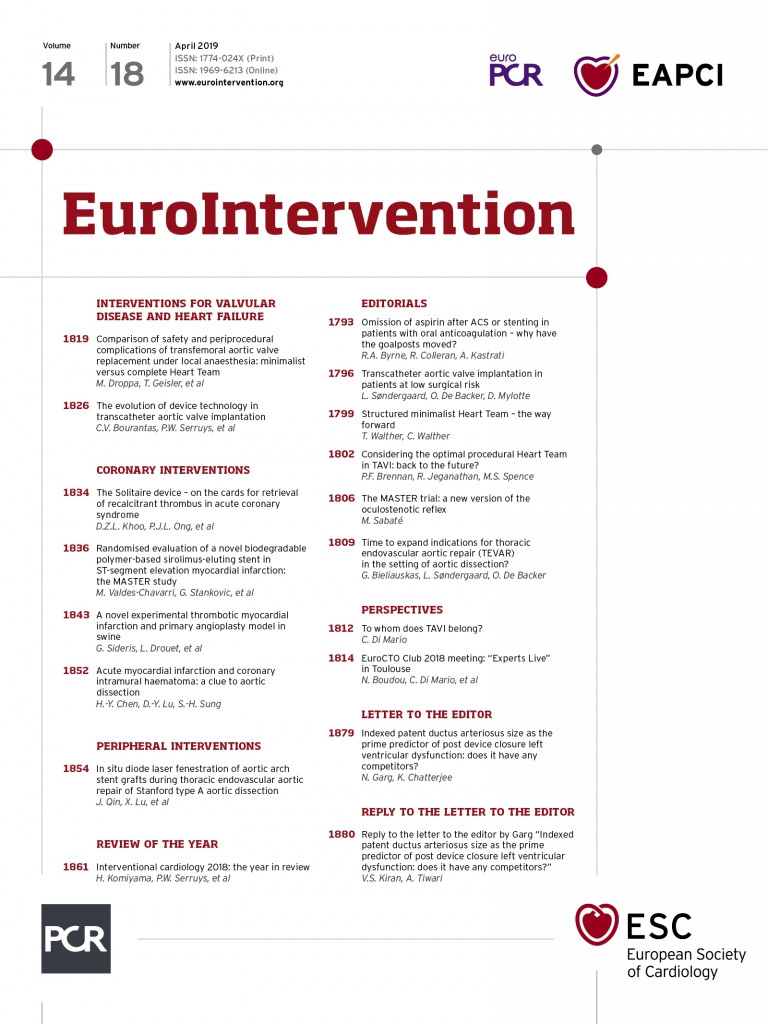
The authors are thankful to Dr Garg and Dr Chatterjee for their keen interest in our study1, and for the observations they have made. While a few of the issues have already been addressed in the “Limitations” section of the article, the authors would like to clarify the queries raised by Dr Garg and Dr Chatterjee.
Q. 1. It is not uncommon to find a patent ductus arteriosus (PDA) where the diameter at the pulmonary artery end is not the minimum diameter. In such cases the minimum PDA diameter indexed to body surface area may be an appropriate measure.
The authors agree with the observation and recommendation of Dr Garg and Dr Chatterjee. The angiographic classification of PDA by Krichenko et al2 defines various shapes of PDA, of which the variant of narrow pulmonary end is the commonest. In the exclusion criteria, the authors specified that bizarrely shaped PDAs were not a part of the study. Since this study was an attempt to standardise a new methodology, the authors have limited the subjects to only the commonest variant of PDA. However, considering the flow dynamics across PDA, the indexed PDA size can be extended to minimum PDA diameter, as long as PDA remains suitable for simple device closure.
Q. 2. Whether it (the study) would stand up as an independent predictor in a multivariate model?
In the “Limitations” of the study, the authors have mentioned the shortcoming of not assessing the diastolic function in the study cohort. The design of the study did not allow the authors to get into the depth of left ventricular (LV) function assessment in the entire study cohort. The authors have given due credit to the extensive work done by Gupta et al3, Jeong et al4 and Kim et al5 (Table2 of the article). The study by Agha et al6 was published in 2017 and was not available to the authors during the drafting of this study. At the end of the “Limitations” section in the article, the authors have strongly proposed the utility of PDA classification by indexed PDA size as a parameter for further prospective studies incorporating both systolic and diastolic functions of the left ventricle, along with the use of tissue Doppler and myocardial strain pattern to verify the hypothesis. Whether the new proposed classification would stand up as the correct predictor in a multivariate analysis can be decided only after testing against such a study design.
The purpose of the study was mainly to triage the patients undergoing PDA device closure to understand who is likely to have LV dysfunction, so that the allocation of resources can be optimised. The retrospective design of the study had several limitations, as indicated by the authors. We agree with Dr Garg and Dr Chatterjee that including assessment of diastolic function and global longitudinal strain in a multivariate model in a well-designed prospective study with an optimal number of patients would definitely be more comprehensive and useful.
Conflict of interest statement
The authors have no conflicts of interest to declare.

